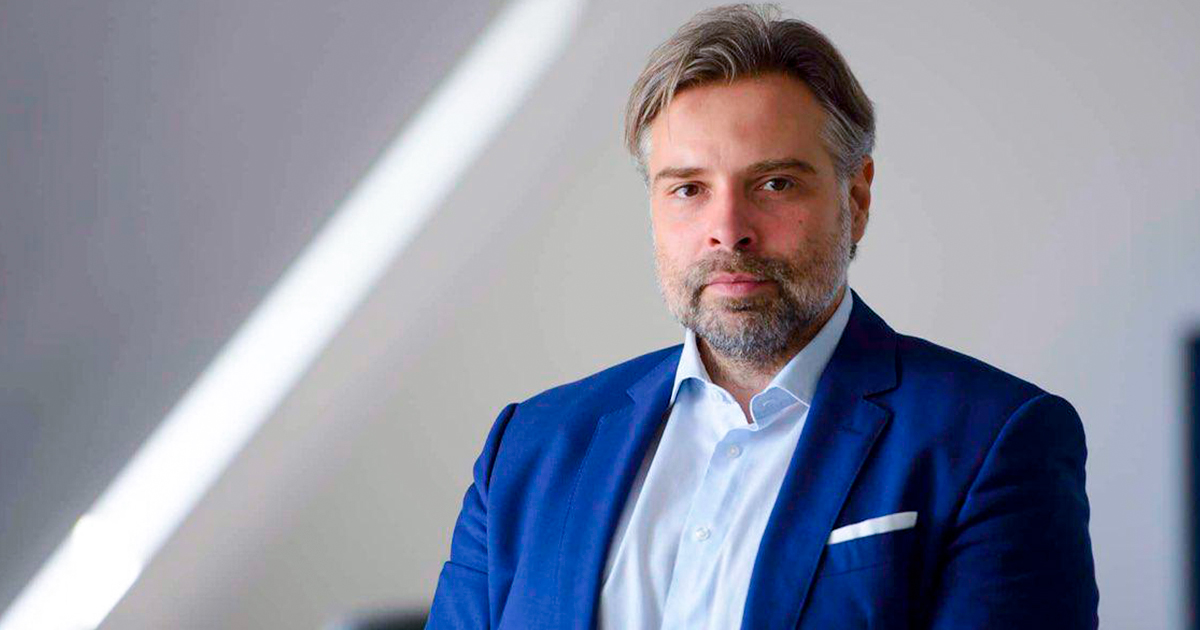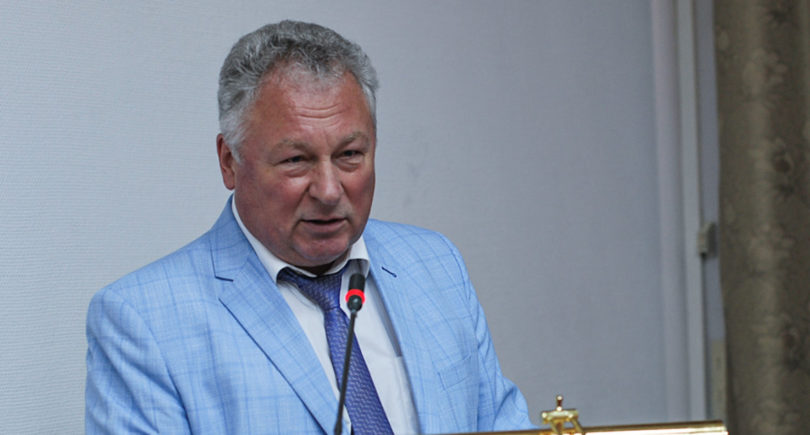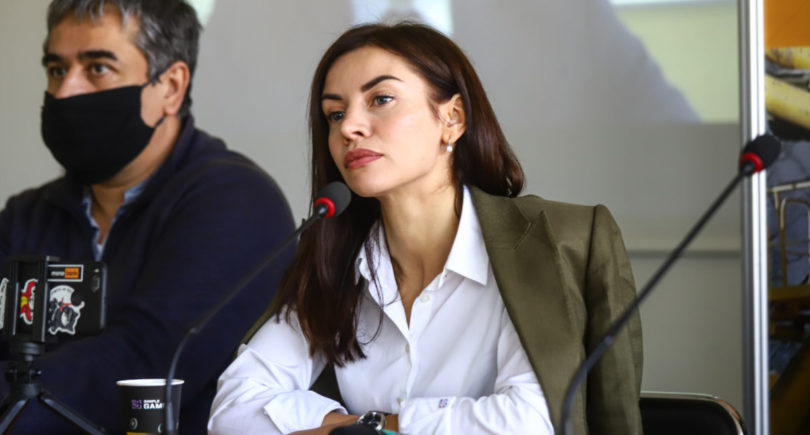
Exemption from СВАМ as part of the liberalization of trade relations between our country and the EU is one of the foundations for stimulating the recovery of the Ukrainian economy
Since the autumn 2023, the European Union has started implementing the Carbon Border Adjustment Mechanism (CBAM). This is actually a new tax, which will inevitably affect a significant part of Ukrainian companies that export products to Europe and, in particular, the mining and steel complex.
First actions
The mechanism will be applied from October 1, 2023, with a transition period until December 31, 2025. During this period, importers will only be required to submit reports. In other words, since October 2023, Ukrainian iron and steel enterprises have started collecting information (accounting) on emissions. First, it is necessary to assess the real situation with emissions.
Reporting in the transition period should include information on the volume of exports, specific emissions of greenhouse gases (in steel industry, only direct emissions of carbon dioxide will be taken into account) and payments for CO2 emissions, paid in the country of origin of the goods. The importer must submit the first quarterly report by January 31, 2024.
At the same time, financial obligations for importers will start only from January 1, 2026. The implementation of the mechanism will take place simultaneously with the gradual abandonment of free quotas in the ETS – the European system of trading quotas for greenhouse gas emissions. This will be implemented during 2026-2034. At the moment, many European companies receive more free allowances than they actually emit CO2 .
The Ukrainian law on emissions monitoring, reporting and verification is already in effect. The data collected under its action will be required in the CBAM and ETS procedure.
European hope
In the long run, we understood that this would be the case. The European market is home for the Ukrainian production of iron and steel. If before the war we delivered about a third of our products there, in 2022 this figure will increase to 60%. This situation will not change in the near future.
In the medium-term perspective, we hope that in the process of post-war reconstruction of the Ukrainian infrastructure, our steel products and iron ore will be in demand within the country, that is, less iron and steel products will be exported. However, the remaining exports will still primarily go to EU countries. It is also clear that demand for coils, metallized coils (DRI) and hot briquetted iron (HBI) will grow in Europe. At present, Ukraine can offer Europe the supply of pellets with a high iron content.
In my opinion, regarding the effect of CBAM on Ukrainian exporters, it is important to consider the following.
- I hope that Ukraine will become a member of the European Union in the medium term, although it is not yet clear how long it will take. Therefore, CBAM payments will not be collected at the border of the European Union, but at the border of Ukraine with other countries. That is, imports that arrive in Ukraine will be considered supplies to Europe. It is already necessary to think about how Ukraine will become part of the European emissions trading market and CBAM procedures.
- Under the ETS, many European companies now receive more free allowances than they actually emit. The gradual reduction of free quotas will be an incentive for modernization of enterprises to reduce emissions. If Ukraine becomes a member of the European Union in the medium term (2026 and later), it will be a new practice for it, so there must be some special approach and transition period for us. Especially in view of the post-war recovery of the country’s economy.
During the visit to the representation of the European Union in Ukraine, we already voiced these theses, and they understand that these procedures require a special approach in our country. But how it will be – no one knows yet. We need to think about how we would like to see Ukraine’s participation in CBAM and the European ETS from 2026, and I am sure that appropriate consultations will take place between the Cabinet of Mininsters and the European Commission.
General conclusions
The additional financial burden on Ukrainian companies in such conditions will be quite painful. In May 2022, the European Business Association appreciated, that Ukrainian producers who export their products to the EU will pay more than €1 billion in CO2 tax every year . According to the latest estimates of EY analysts in Ukraine, CBAM could potentially cost Ukrainian exporters $300 million. This will especially affect energy companies, producers of mineral fertilizers and steelmakers.
In any case, if Ukraine does not become a member of the EU by 2026 and there will be financial payments when products cross the border, then I hope that we will be exempted from this as part of the existing liberalization of trade relations between our country and the EU to stimulate the recovery of the Ukrainian economy .
If Ukraine becomes a member of the EU in 2026-2028, CBAM will not apply to us, and it will be fair if the same norms that applied to European companies 15-20 years ago – free quotas, etc. – are applied to our enterprises. Even if the free quotas for European companies will decrease, a special approach is needed for Ukraine as a new member of the EU.
Our companies need to get used to the fact that we will work in the European legal field, we need to adapt to the environmental requirements of the EU, and look for ways to reduce emissions. At the same time, the government should conduct negotiations with the European Union so that we have special transitional conditions, taking into account the importance of the post-war recovery of the country’s economy.
It is also important to adapt Ukrainian legislation: there cannot be an environmental tax and a free quota trade market at the same time. In some European countries there is a tax and a market, but specific emissions are taxed there. I believe that we should move to the market for trading allowances and giving out free allowances to our businesses, especially those that are modernizing and investing in reducing emissions and improving production efficiency.
Many Ukrainian enterprises are already ready to implement the CBAM procedure, and by 2026 all others will be able to establish the necessary procedures for monitoring, reporting and verification of emissions in a test mode.




